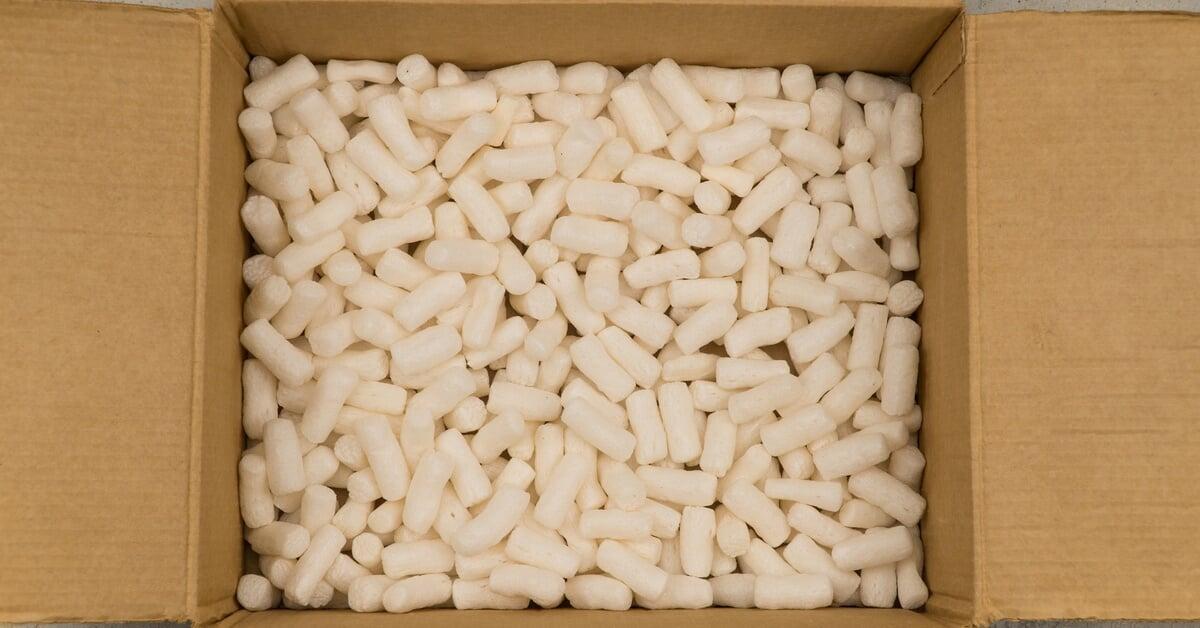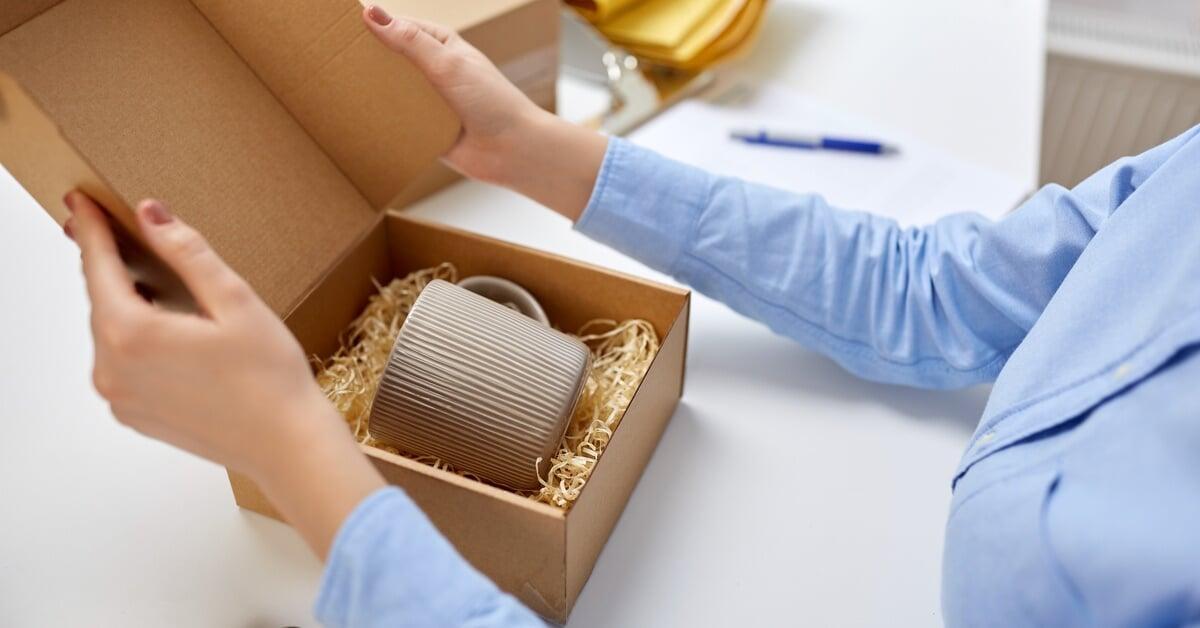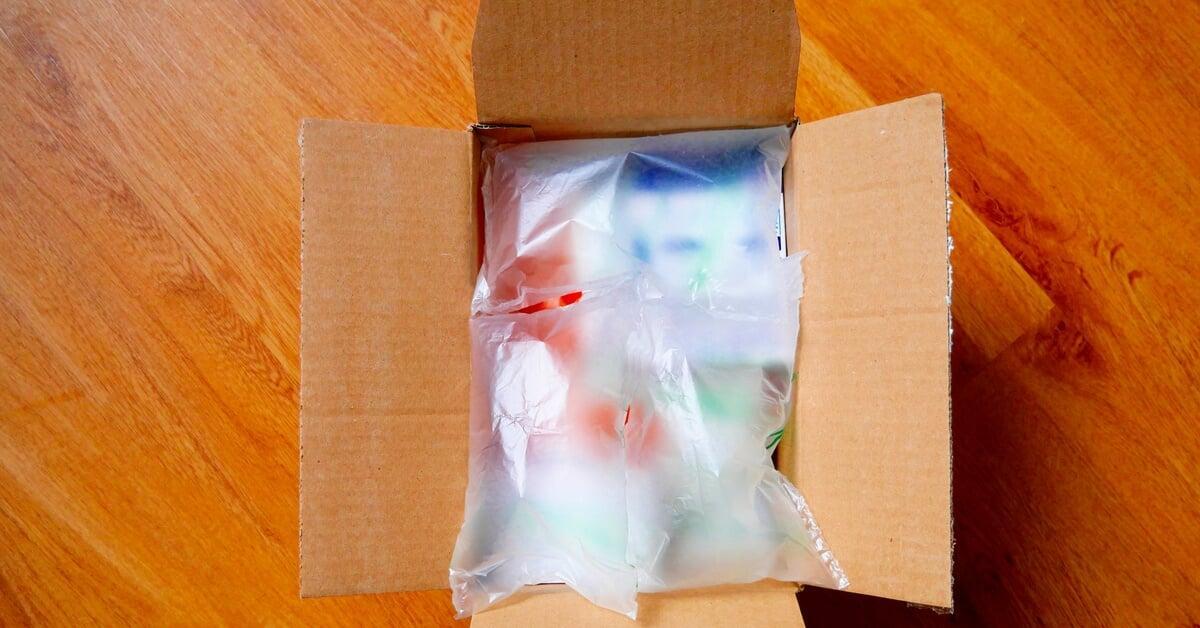
E-commerce has revolutionized how we shop, making it possible to order a product with just a few clicks and have it delivered to our doorsteps. But behind the scenes of every seamless delivery is a carefully planned packaging process that ensures the product arrives intact.
Void fill plays a crucial role in protecting products during transit, minimizing damage, and ensuring customer satisfaction. Discover why void fill is essential for safe e-commerce packaging and how to use it effectively to secure your shipments.
What Is Void Fill?
Void fill is the material used to fill empty spaces inside a shipping box. These materials reduce the risk of products shifting, colliding, or breaking during transit. Whether you’re shipping fragile glassware, delicate electronics, or even sturdy tools, void fill serves as a buffer between your product and external impact forces.
Void fill in e-commerce is essential. Items often endure long journeys as they move between warehouses, transit hubs, and delivery trucks before reaching the customer. These journeys expose them to bumps, drops, and compression.
Without adequate protection, products can arrive damaged, leaving both businesses and customers disappointed. By using void fill, businesses can significantly reduce shipping-related damages and ensure a smooth customer experience.
Types of Void Fill Materials
The type of product you’re shipping largely determines the best choice of void fill materials. Below is an exploration of some of the most common options available, along with their unique qualities.
Air Pillows
Air pillows are lightweight plastic pouches filled with air, making them one of the most efficient void fill materials. They are convenient to use and provide excellent cushioning for products of various sizes.
Their transparency also makes them visually appealing when presenting items in premium packaging. However, air pillows are not the most eco-friendly option due to their plastic composition, although some brands now offer biodegradable versions.
Packing Peanuts
Packing peanuts are small, lightweight foam pieces that expand to fill voids within a box. They provide excellent shock absorption, especially for sensitive or oddly shaped items.
While traditional packing peanuts are Styrofoam, eco-friendly, biodegradable options are becoming more popular. The primary drawback of packing peanuts is their tendency to scatter, creating a mess during unpacking.
Paper Fill
Paper fill consists of crumpled or shredded kraft paper used to cushion items and stabilize them within their packaging. Unlike air pillows or packing peanuts, paper fill is entirely recyclable, making it an environmentally friendly choice. Paper fill is ideal for lightweight or smaller items but may require more material to provide the same protection as its counterparts.
Each type of void fill offers unique benefits. Choosing the right one requires consideration of your product’s requirements, budget, and environmental impact.

Benefits of Using Void Fill
The use of void fill offers numerous advantages for both business owners and consumers. These benefits extend beyond just protection.
Damage Prevention
One of its key benefits is damage prevention. By bracing products within their shipping box, void fill helps absorb shocks, jolts, and vibrations that occur in transit. This minimizes the likelihood of cracks, scratches, or other types of damage.
Customer Satisfaction
Void fill also contributes to improved customer satisfaction. Imagine the disappointment a customer feels when they unbox a highly anticipated product, only to discover it has arrived in pieces.
Such experiences can lead to returns, complaints, and negative reviews. By investing in proper void fill, businesses can ensure their products arrive in pristine condition, enhancing customer trust and loyalty.
Cost Savings
Additionally, void fill contributes to cost savings for businesses. The upfront cost of void fill materials may seem like an added expense.
However, these costs pale in comparison to the financial implications of processing returns, issuing refunds, or replacing damaged goods. Furthermore, pristine shipments reduce waste, as you discard fewer products due to breakage.
Sustainable Packaging
Another often overlooked benefit of void fill is its role in sustainable packaging strategies. Eco-conscious businesses can turn to recyclable or biodegradable options, showing customers that they prioritize both product protection and environmental responsibility. With sustainability becoming a significant purchasing factor for many consumers, this can be a powerful competitive advantage.
How To Choose the Right Void Fill
Selecting the best void fill for your shipping needs requires assessing several critical factors. The first consideration should be the nature of your product. For delicate or fragile items, materials like bubble wrap or foam provide superior cushioning. For oddly shaped items, packing peanuts may be a more practical choice.
The size and weight of your product also dictate the type of void fill you should use. Dense materials securely hold heavier items in place, while softer, less dense alternatives like paper fill or air pillows better complement lightweight products.
Your brand’s environmental goals should also play a role in this decision. Selecting recyclable or biodegradable void fill materials protects your products and aligns with eco-friendly practices. This can resonate positively with customers who value sustainability in the businesses they support.
Finally, cost is always a consideration. While it’s tempting to choose the most economical option, it’s important to balance cost with the level of protection needed. Investing in higher-quality void fill ensures you ship your products safely and minimizes the financial strain of replacing damaged goods in the long run.

Best Practices for Using Void Fill
Improper use renders even the best void fill materials ineffective. To get the most out of void fill, it’s important to follow a few key practices.
First, choose a shipping box that fits your product appropriately. Oversized boxes require more void fill to secure items, leading to inefficient use of materials. Selecting a box that closely matches the dimensions of your product minimizes wasted space and the need for excess void fill.
Next, distribute void fill evenly around the item. Cushion all sides, including the top, bottom, and corners, to absorb impact from all angles. Uneven void filling can leave certain parts of the product exposed to damage.
Layering void fill for multi-item shipments is another crucial step. Separate each item with a layer of cushioning to prevent them from colliding during transit. Staggering heavy items at the bottom and lighter ones on top adds extra stability to the package.
Lastly, don’t overlook the aesthetic aspect of void fill. A neatly arranged package contributes to a positive unboxing experience, leaving a lasting impression on your customers. Void fill materials that complement your brand’s packaging design can elevate your presentation and reinforce brand loyalty.
Protect Your Goods With Void Fill
By understanding why void fill is essential for safe e-commerce packaging and using it effectively, businesses can protect their products, reduce costs, and build stronger relationships with customers. A little care can go a long way in creating both a positive brand reputation and a satisfying unboxing experience for your customers.
With our void fill packaging machines, PackSmart can help you safeguard your e-commerce shipments. Our machines enhance the efficiency of your shipping process and reduce your company’s carbon footprint. Contact us today to find the perfect void fill machine for your needs!
